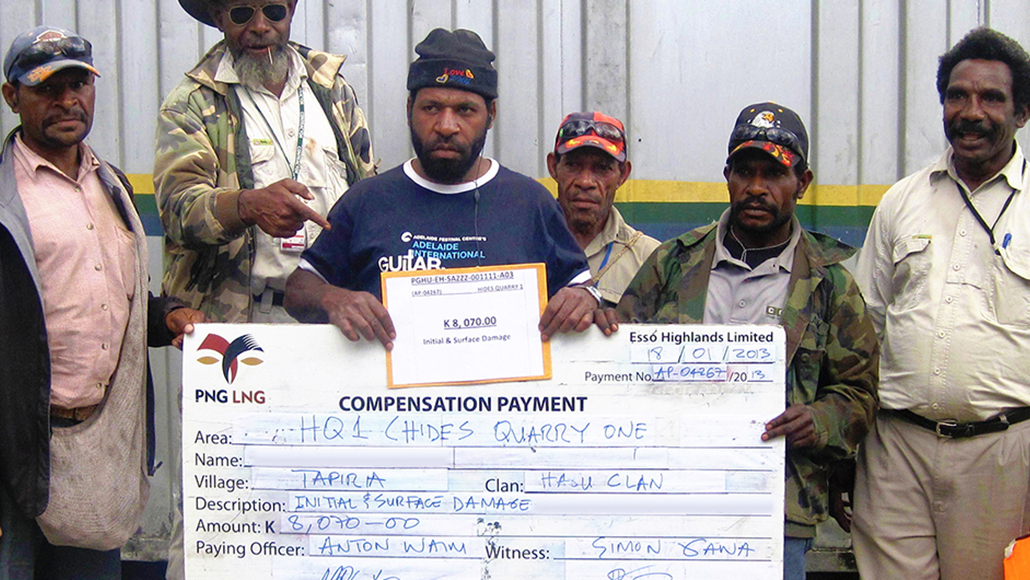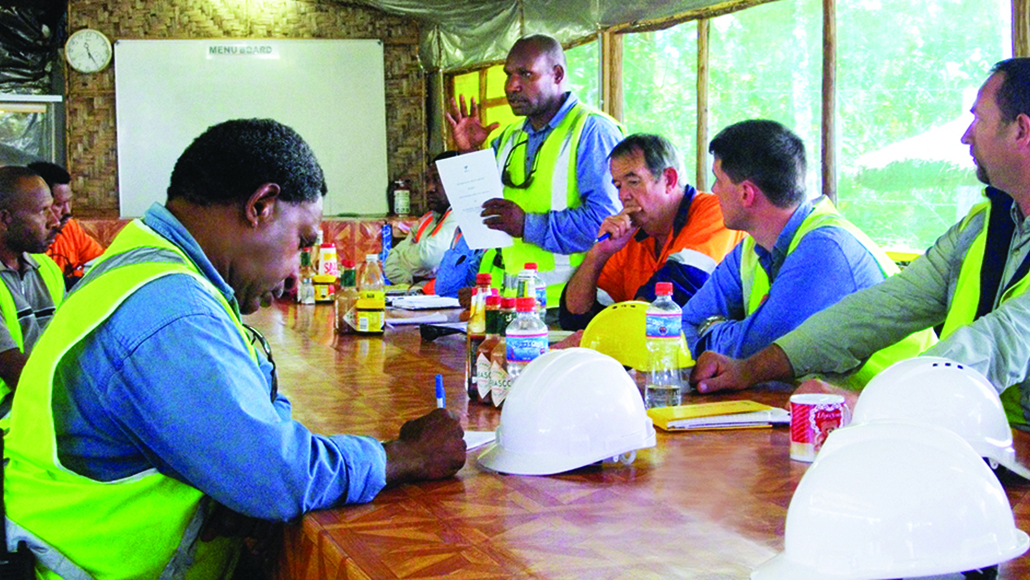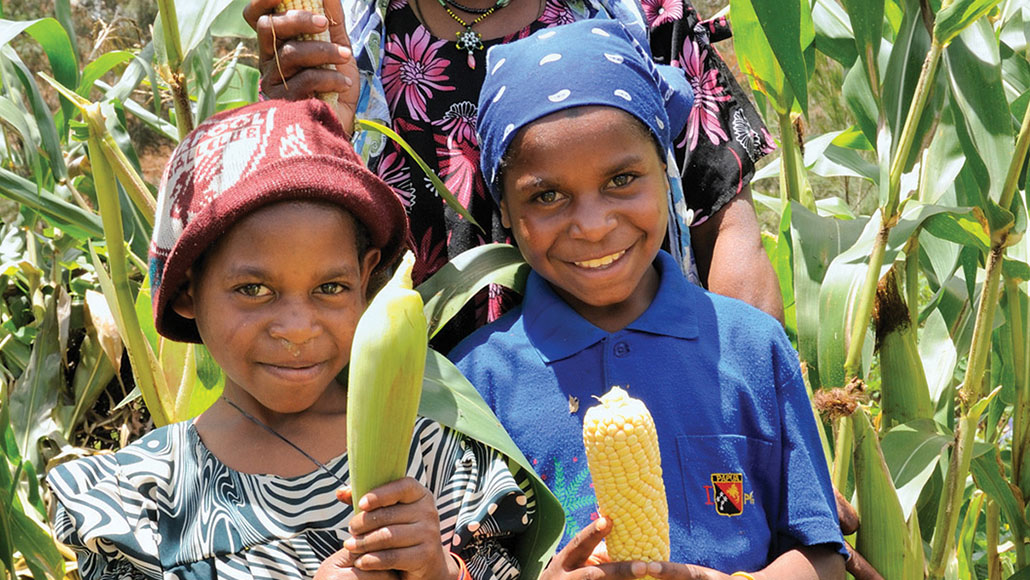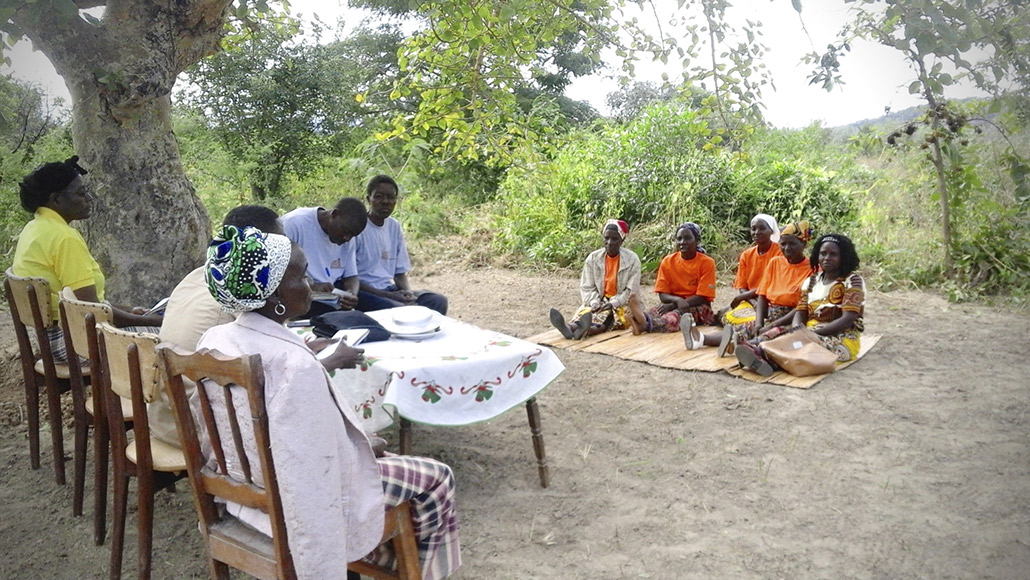Cultural heritage and diversity
selected item

Cultural heritage and customs of the people and communities, and diversity of knowledge and ideas among the workforce, are valued and respected within ExxonMobil. Considerations such as cultural and spiritual (or sacred) heritage sites/areas (including prehistoric cultural customs/heritage), biodiversity conservation, traditional knowledge and sustainable resource management are incorporated into project planning, design, execution and ongoing operations.

Dinosaur fossil discovery
Exploration operations targeting unconventional gas in western Argentina took an interesting turn when road construction led to the discovery of dinosaur fossils and the start of a paleontological mission to further explore and preserve the findings.
The fossils are from a herd of Titanosaurus Sauropods from the Late Cretaceous period, which ended more than 60 million years ago and marked the end of dinosaurs on earth. Also discovered was a cranium from a Teropoudus, which was a carnivore and one of only two Terapoudus found in this area in the past 100 years. The Titanosaurus Sauropod was one of the heaviest creatures to ever exist, weighing as much as 400,000 pounds while standing as high as 25 feet tall and measuring 65 feet long.
"ExxonMobil has diverted our operations to ensure the integrity of the dig site and has funded the first phase of paleontological work, providing materials and services to a team of four paleontologists, two assistants and one photographer," says ExxonMobil Argentina Public & Government Affairs Manager Tomas Hess. "Currently, the team is finishing its cleaning of the fossils and comparing the results to other fossils at the museum in Rincón de los Sauces as well as other nearby museums."
Related content
Community relations
Understanding and addressing the interests of societies and communities where we work is an important component of maintaining a successful and sustainable business.
Transparency and anti-corruption
We are committed to preventing corruption, complying with all legal requirements, operating with the highest ethical business practices and communicating openly with transparent processes.
Land use and resettlement
We seek to implement fair, transparent and collaborative processes to assess and manage the restoration of households — including their livelihoods — when our activities result in physical or economic displacement.
Economic development
Our activities produce direct and indirect benefits to communities wherever we do business — an essential way is through the development of a globally competitive local workforce and local supply chain.
Indigenous peoples
We respect indigenous peoples and their cultures, commit to conducting meaningful consultations with them, incorporate traditional knowledge and land use information into our plans and seek mutually beneficial long-term relationships.